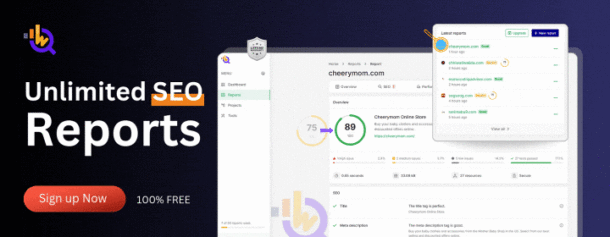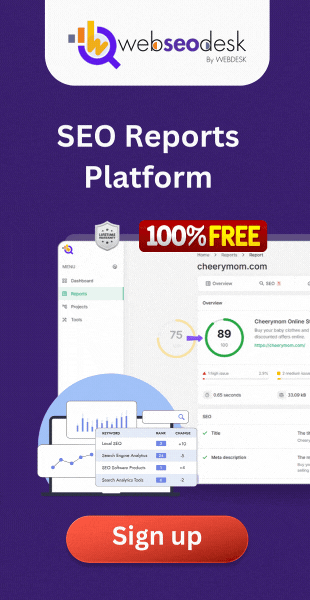Driving traffic and raising awareness in the digital marketing realm depend on producing excellent content. Content by itself is insufficient, though; you must write with SEO in mind if you wish your material to rank well on search engines and captivate your readers. Writing for SEO is the craft of producing material that not only satisfies search engine algorithm criteria but also gives the reader value. This post will go over SEO copywriting techniques to assist you in producing excellent material and raising your search results.
- Know Your Audience.
You really must know your audience before you begin to write. Excellent SEO copywriting is about producing material that answers the queries and meets the demands of your target audience, not only about keyword optimization. Investigate carefully the preferences, problems, and type of information your audience is searching for.
Knowing your audience helps you to directly answer their questions and to write in a voice they will find appealing. Relevant and useful content attracts users and encourages them to link to or share it, which boosts SEO.
- Do extensive keyword research.
SEO copywriting revolves mostly on keyword research. Knowing which keywords your target audience is looking for will help you produce search engine optimized material. To identify the ideal keywords for your topic, use Ahrefs, Google Keyword Planner, or SEMrush.
Aim for a combination of long-tail keywords—more detailed phrases with less search volume—and high-volume keywords—terms people routinely look for—when choosing keywords. Long-tail keywords could enable you to target a more narrow demographic and may have less competition. Placing these keywords deliberately throughout your material can help you to raise your chances of ranking higher in search results.
- Prepare for search intent.
Good SEO writing depends on an awareness of search intent. Search intent, then, is the motivation behind a user’s search query—that of information search, purchase, or problem solution seeking. Generally speaking, search intent comes in four flavors:
The user seeks information (e.g., “how to fix a leaky faucet”).
Navigational: The user searches for a certain website—say, “Facebook login”—specifically.
Transactional: The user is prepared to buy—say, running shoes online.
Commercial Investigation: The customer wants to weigh alternatives—e.g., “best laptops for gaming”—after making a purchase.
Match your material to the search intention of your target keywords. For informational searches, produce thorough and useful materials. Incorporate strong calls to action (CTAs) that inspire conversions into transactional searches.
- Create intriguing headlines.
The first thing readers and search engines will notice in your material is its headline. A well-written headline not only draws your readers’ interest but also gives search engines useful information. To increase SEO and ensure the headline is interesting enough to inspire clicks, naturally include your main keyword.
Try for headlines that promise value, are straightforward and succinct. To liven your headlines, use numbers, questions, or strong words. “10 SEO Copywriting Tips to Skyrocket Your Content,” for instance, or “How to Write SEO Content That Ranks: A Step-by-Step Guide.”
- Use Natural Keywords
Overuse of keywords—keyword stuffing—may compromise the readability of your material and your search engine optimization. Try natural keyword placement instead. Along with headers and subheaders, include your target keywords into the first hundred words of your material. Make sure, however, the keywords make sense in context and follow natural flow.
Apart from main keywords, make use of synonyms and related terms all through your writing. This increases the likelihood of your material ranking for a wider spectrum of pertinent search queries and helps search engines grasp the background of your work.
- Generate interesting, scanable material.
Unlike reading every word, online readers often scan through material. Break your material up into shorter paragraphs, utilize bullet points, and include headings and subheadings to make your material more interesting and simpler to absorb. This keeps readers involved in your material and enables them to rapidly locate the information they need.
Additionally more likely to be shared and connected to is engaging material, which will help your SEO. Incorporate multimedia components including photographs, movies, and infographics to increase the aesthetically pleasing and educational value of your material.
- Refine Tags and Meta Descriptions
Important components of search engine optimized copywriting are meta descriptions and tags. Though they have no direct bearing on rankings, they influence click-through rates (CTR), a ranking criterion used by search engines. Create original and striking meta descriptions for every page on your website, naturally including your goal keywords. Meta descriptions should urge readers to click by summarizing the material.
Likewise, maximize your image alt texts and title tags. Describe the nature of the photograph using rich keywords in your text. This enhances SEO as well as makes your material more easily available to those with disabilities.
- Emphasize length and quality of the material.
Your rankings may suffer depending on the length of your material; but, quality should always come first. Usually 1,500 words or more, long-form material performs well in search engine results because it offers in-depth information. But make sure every word adds value; expand your material not only for length.
Search engines value excellent material that fully addresses consumer questions. Try to offer your readers thorough, well-researched, and instructive material that really adds worth.
- Maximize for Page Speed and Mobile Devices.
Since most people reading the internet on mobile devices, you really have to maximize your material for mobile. Google ranks mobile-friendliness among other factors, thus make sure your material reads clearly and responds on mobile devices. This covers employing brief paragraphs, big fonts, and simply clickable buttons.
Page speed is also absolutely vital for SEO as well as user interface. Higher bounce rates from slow-loading websites can lower your rankings. To speed up your page, compress pictures, cut code, and apply cache.
- Add links both inside and outside.
Improving the SEO of your material can involve linking to authoritative outside sources (external links) and other pages on your website (internal links). Internal links drive visitors to explore other pages and enable search engines to more effectively crawl and index your site. External connections to credible websites tell search engines your material is reliable and thoroughly investigated.
Final Thought
Anyone trying to raise the rating of their website and generate natural traffic has to be adept in SEO copywriting. Creating high-performance content that performs well and provides value requires concentrating on knowing your target, doing extensive keyword research, and optimizing content for search engines and users. Recall that SEO is a continuous process; keep informed with SEO best practices, constantly review the effectiveness of your material, and make required changes to guarantee long-term success.












0 Comments